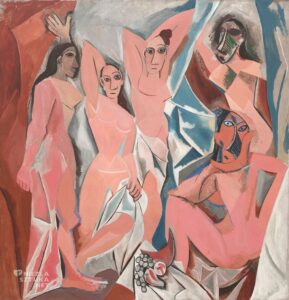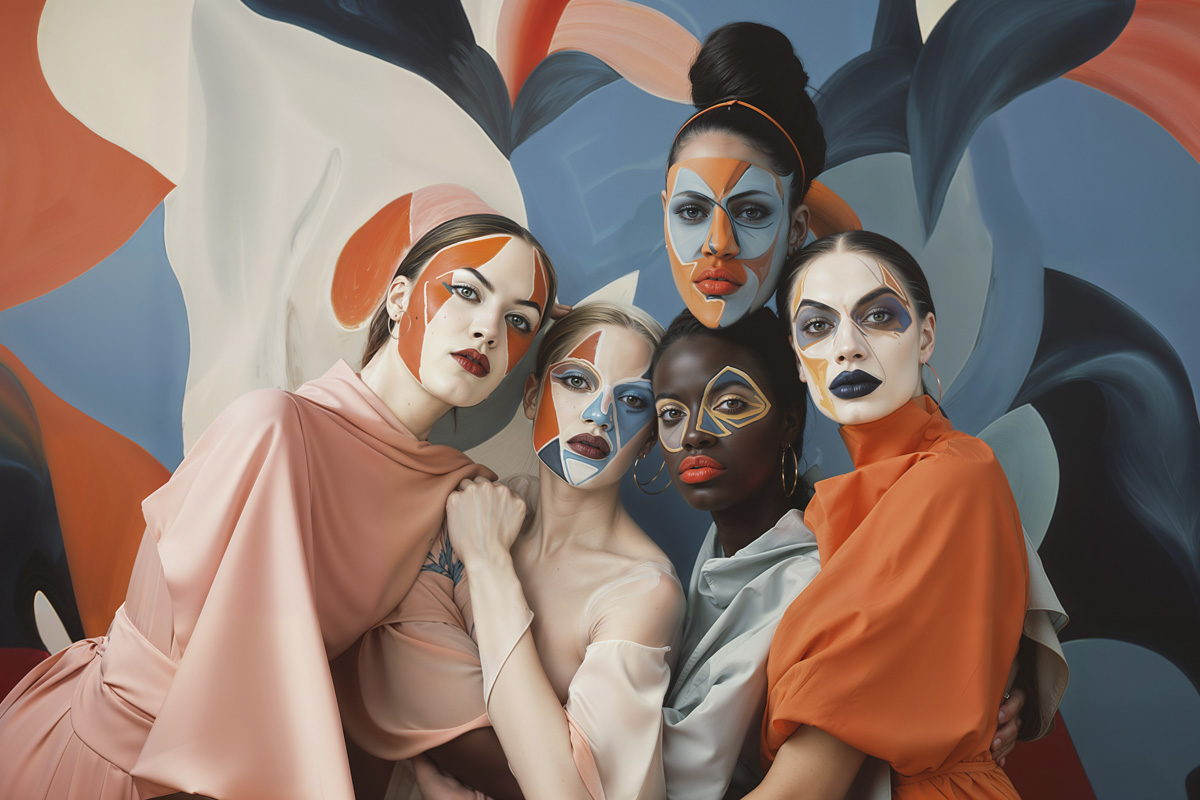This project is an artistic journey where artificial intelligence transforms the works of renowned painting masters into contemporary photographs.
Jacek Kadaj
The Great Painters and the Lens of Ai
Neurophotography project video announcement:
Utilizing advanced algorithms, AI creates images that capture the style and essence of painters like for example Pablo Picasso, Gustav Klimt, Michelangelo Merisi da Caravaggio and Edgar Degas. These are visual interpretations of 12 selected masterpieces from the Renaissance to the modern era.
This project answers the question: What would the masterpieces of the great artists look like if they had used a camera instead of a brush? These works offer a new, fascinating perspective on classic masterpieces, blending the timeless beauty of classic art with the innovative possibilities of modern technology.
Each of the 12 works created will be a unique reinterpretation, preserving the essence of the original, but presented using 21st century technology. The project aims not only to celebrate the artistic legacy of the old masters, but also to inspire contemporary audiences to look at classic works from a new perspective. Exhibitions of these newly created works will be able to take place in galleries around the world, combining the worlds of art and technology in a unique and inspiring way. ``Paintings of the Masters through the Lens of AI`` is a bridge between the past and the present, taking art into a new era.
Boy Bitten by a Lizard
Michelangelo Merisi da Caravaggio - circa 1593–1594
It exists in two versions, both believed to be authentic works of Caravaggio,
one in the Fondazione Roberto Longhi in Florence, the other in the National Gallery, London.


Narcissus
Michelangelo Merisi da Caravaggio - circa 1597–1599
Galleria Nazionale d'Arte Antica in Rome, Italy
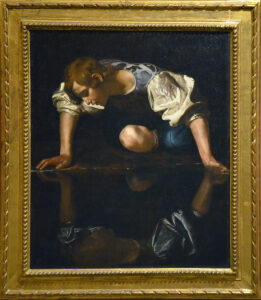
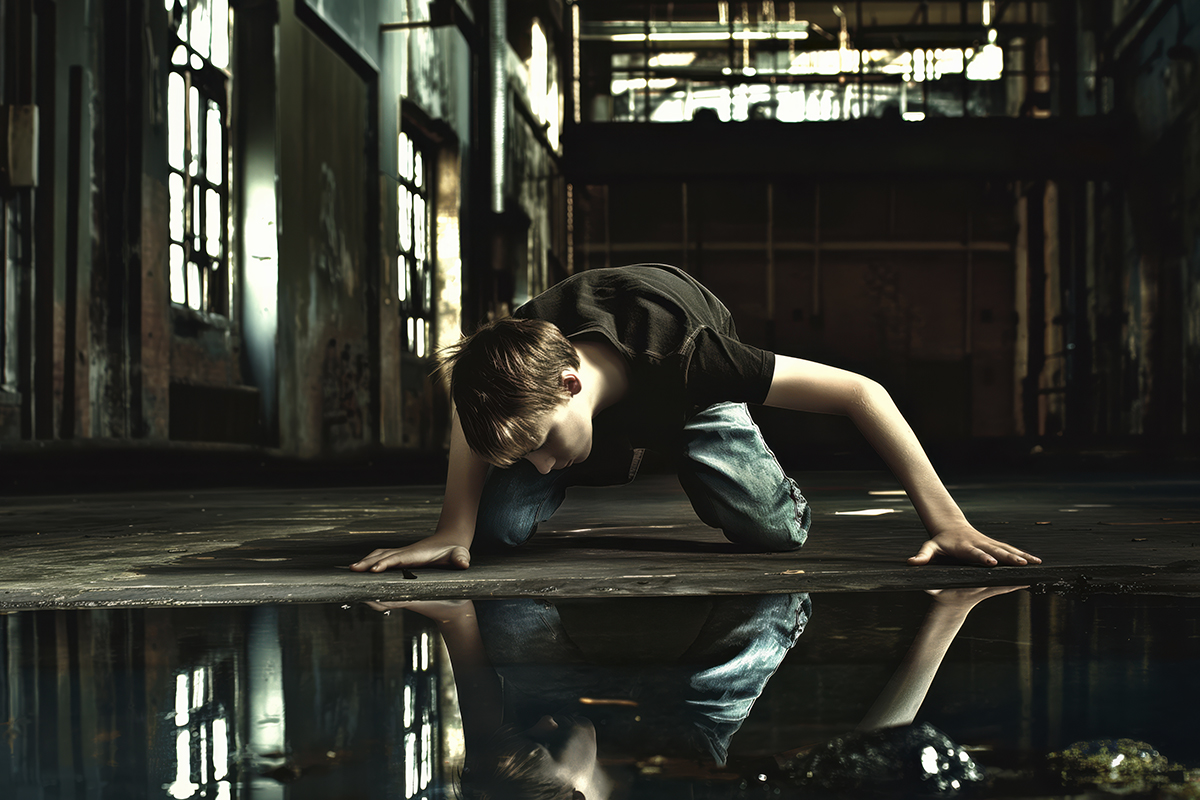
Supper at Emmaus
Michelangelo Merisi da Caravaggio - circa 1601
National Gallery, London, United Kingdom
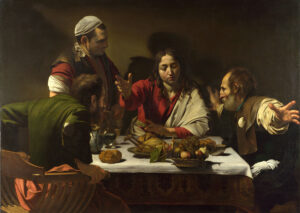

The Nightwatch
Full name: The Company of Captain Banning Cocq and Lieutenant Willem van Ruytenburch - Rembrandt Harmenszoon van Rijn - 1642
Rijksmuseum in Amsterdam, The Netherlands
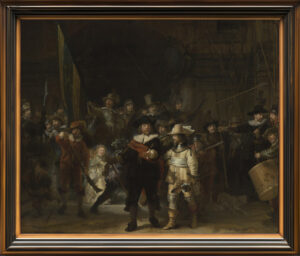
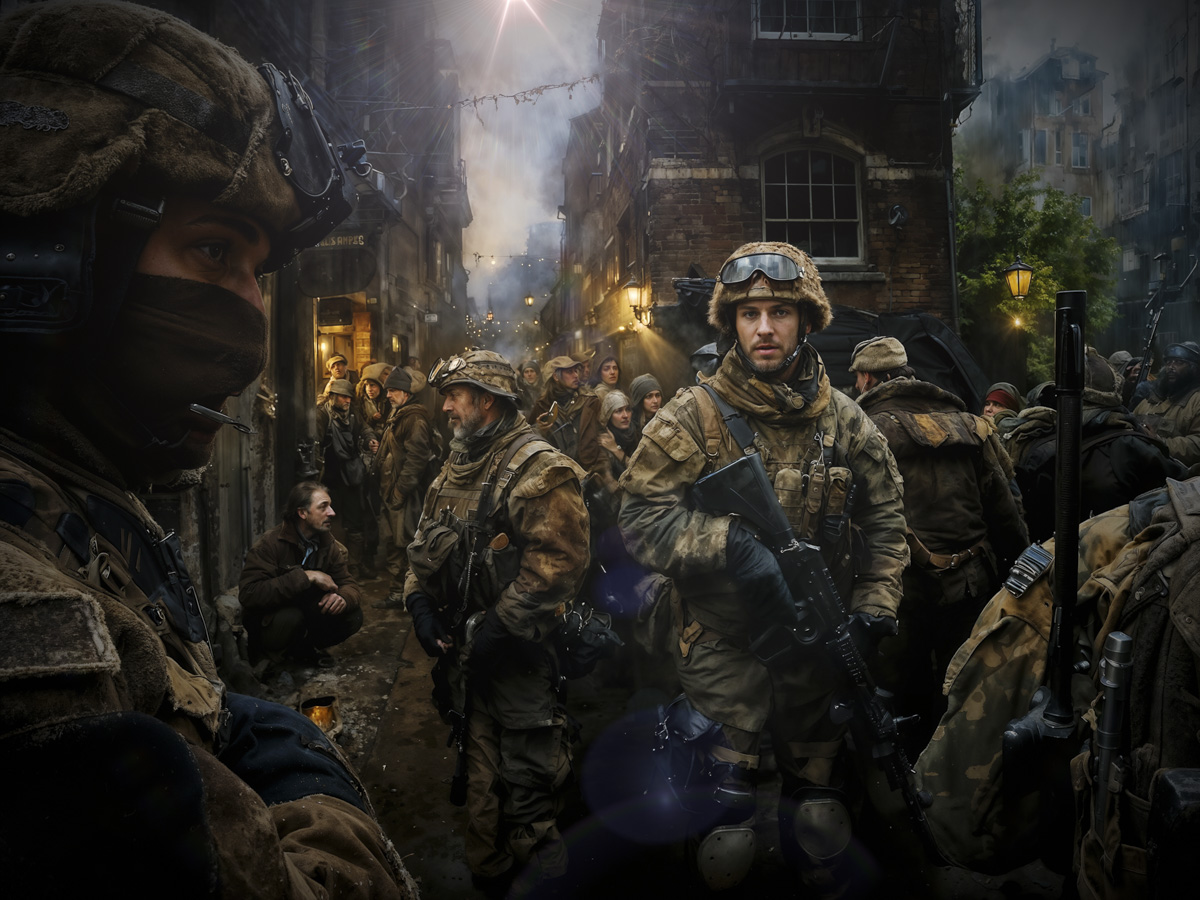
Girl Reading a Letter at an Open Window
Johannes Vermeer - circa 1657–1659
Old Masters Picture Gallery, Dresden State Art Museums, Germany
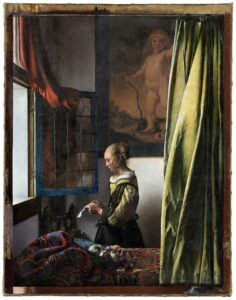
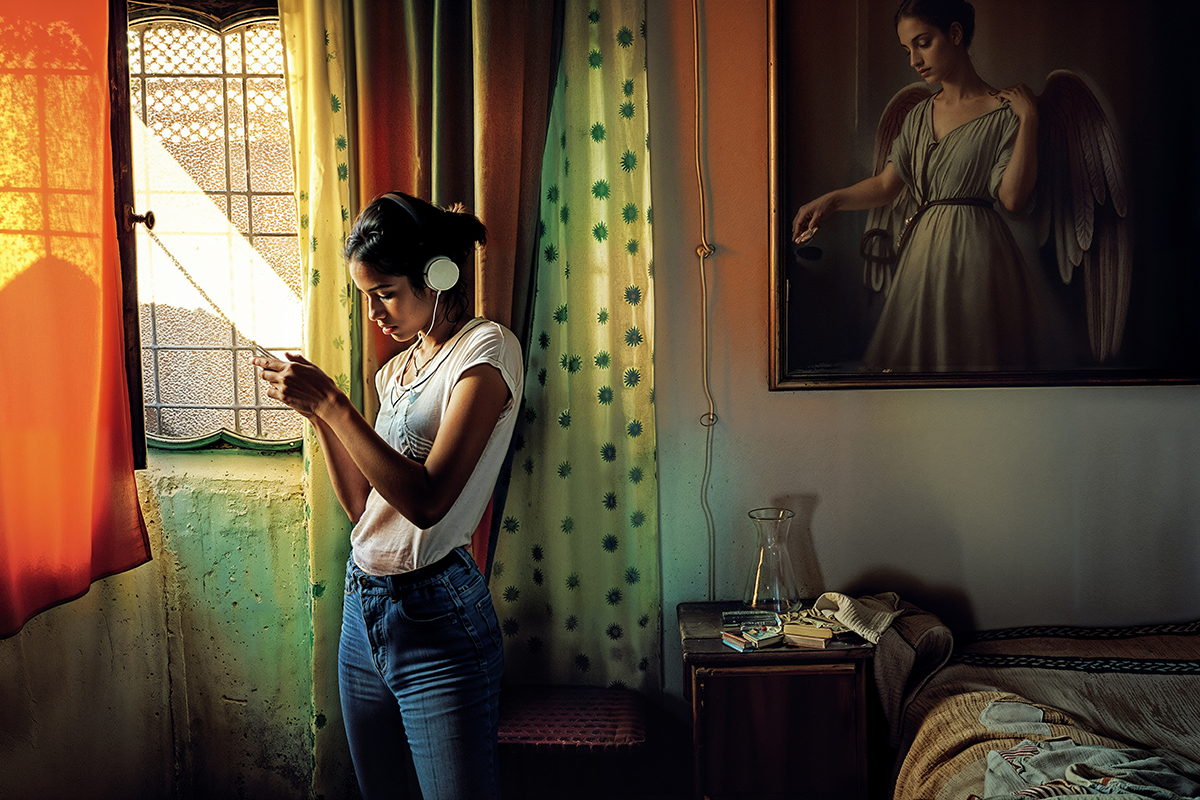
Las Meninas
Diego Rodríguez de Silva y Velázquez - 1656
Museo del Prado in Madrid, Spain
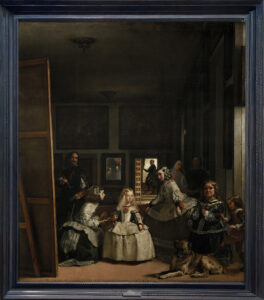
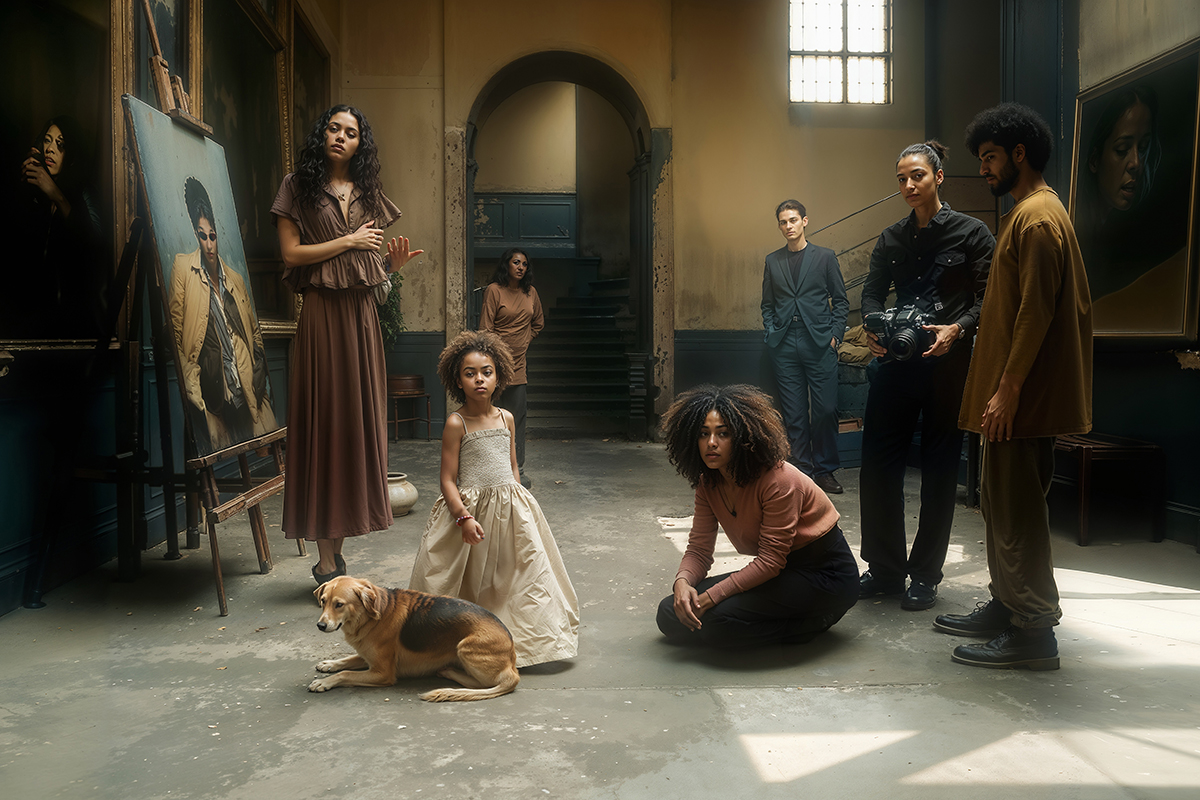
Van Gogh self-portrait
Vincent Willem van Gogh - 1889
Musée d'Orsay, Paris, France
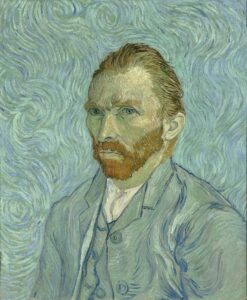
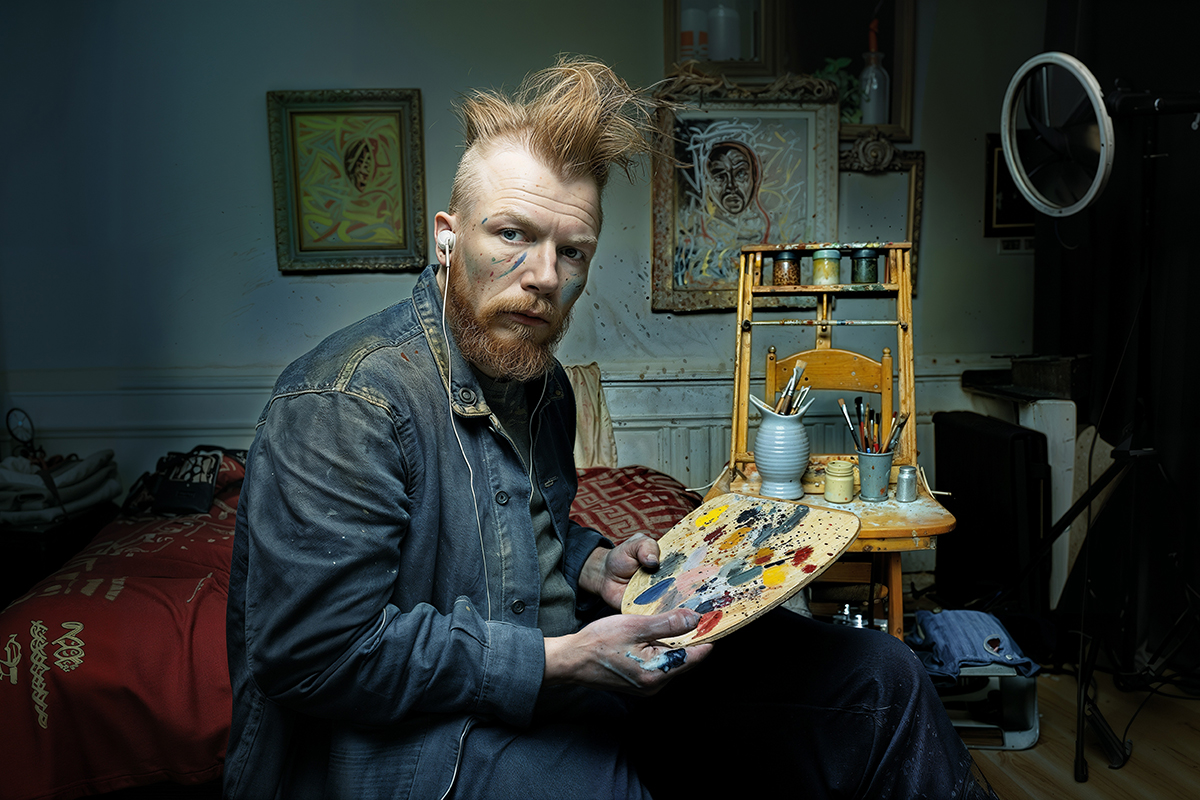
The Scream
Edvard Munch - 1893
National Museum and Munch Museum, Oslo, Norway

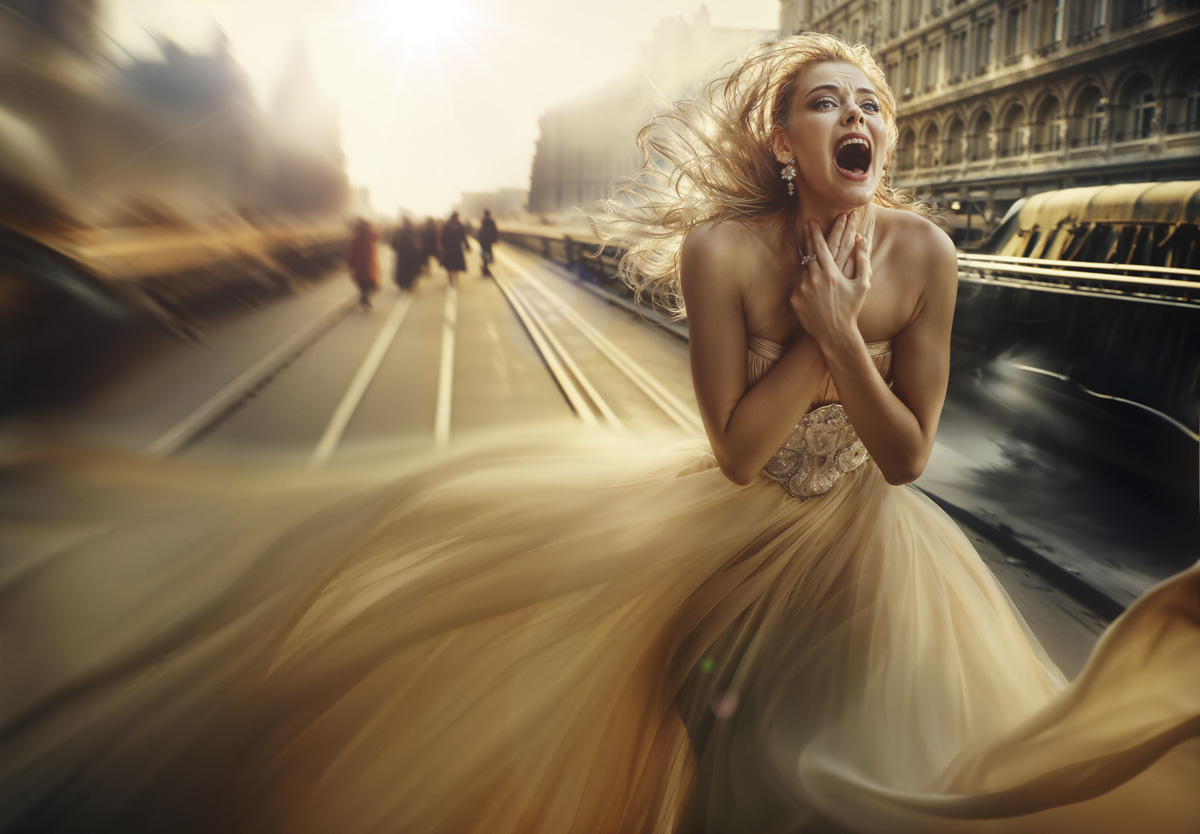
Portrait of Adele Bloch-Bauer
(Also called The Lady in Gold or The Woman in Gold)
Gustav Klimt - 1907
Neue Galerie, New York, USA
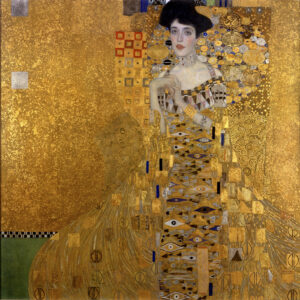

American Gothic
Grant Wood - 1930
Art Institute of Chicago, Chicago, USA
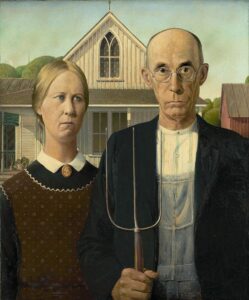
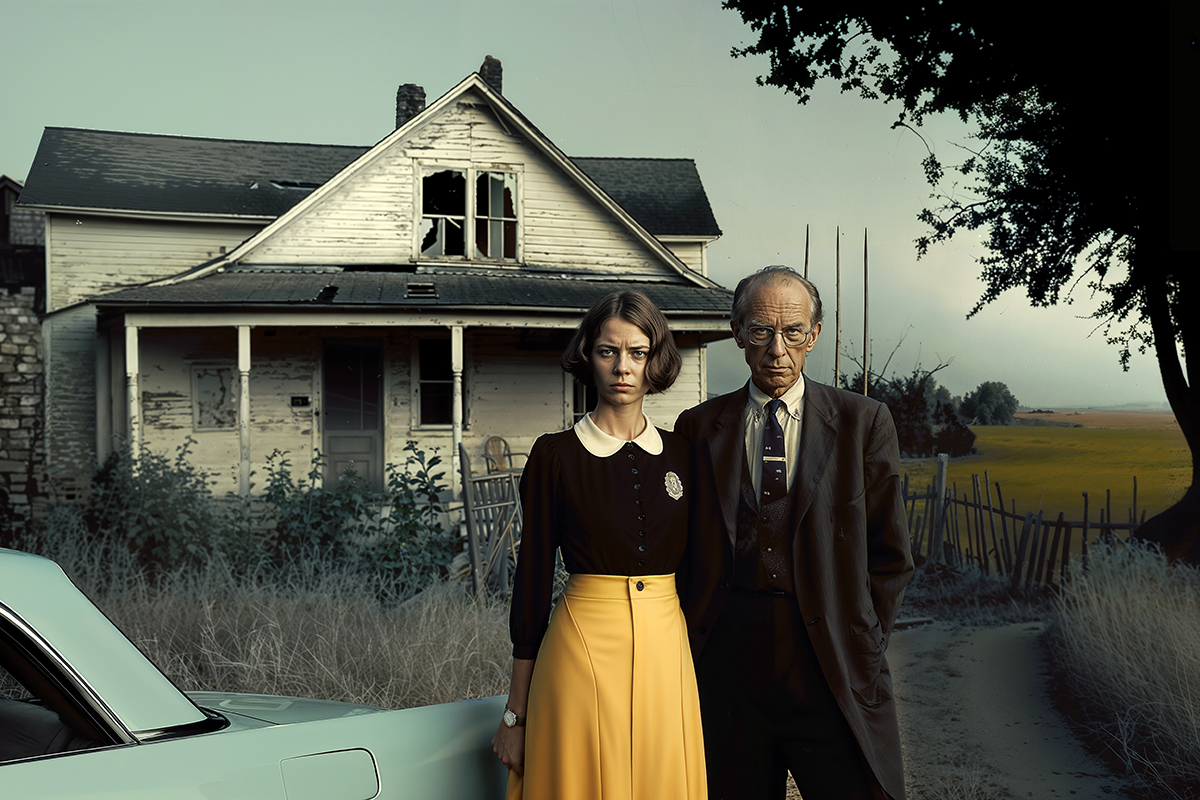
Me and My Parrots
Frida Kahlo - 1941
Harold H. Stream Collection, New Orleans, LA, USA
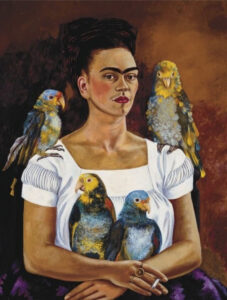
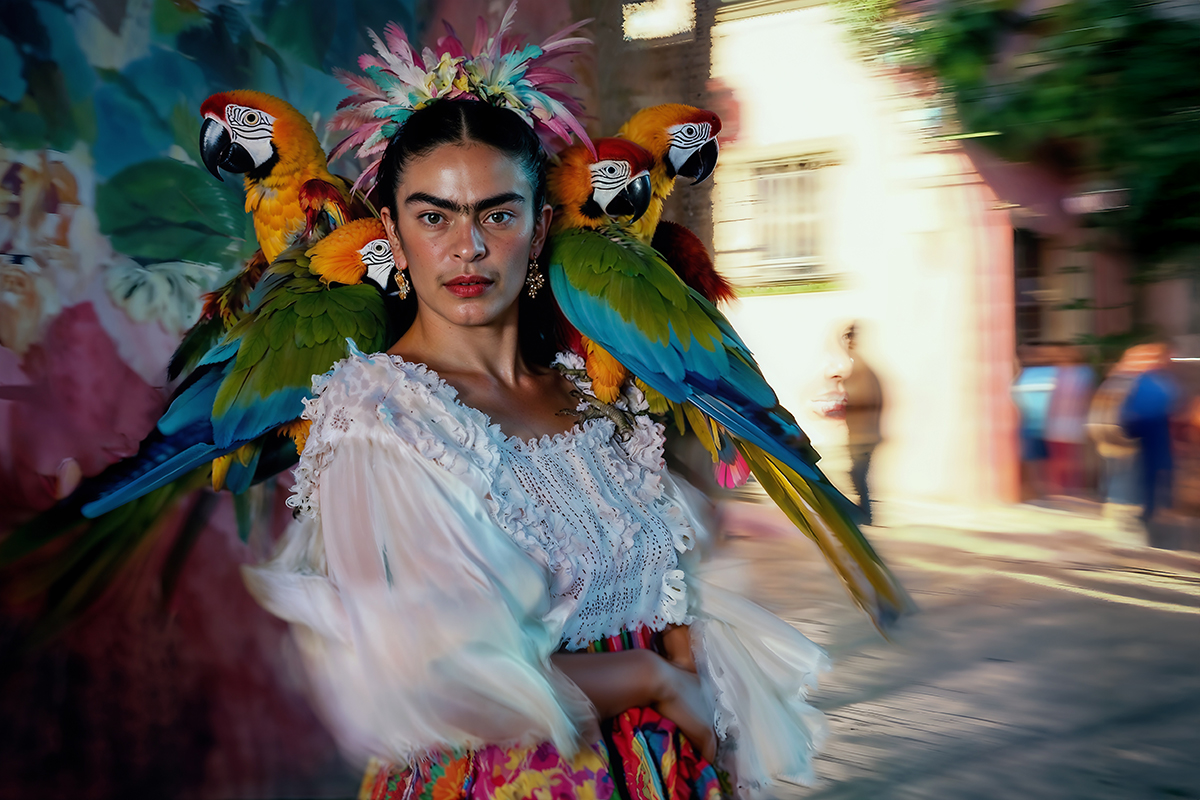
L'étoile
Also known as Ballet / The Star / Dancer on the Stage
Edgar Degas - 1878
Musée d’Orsay, Paris, France


Paul Guillaume, Novo Pilota
Amedeo Modigliani - 1915
Musee de l'Orangerie, Paris, France
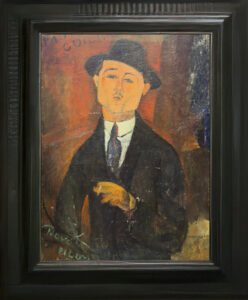
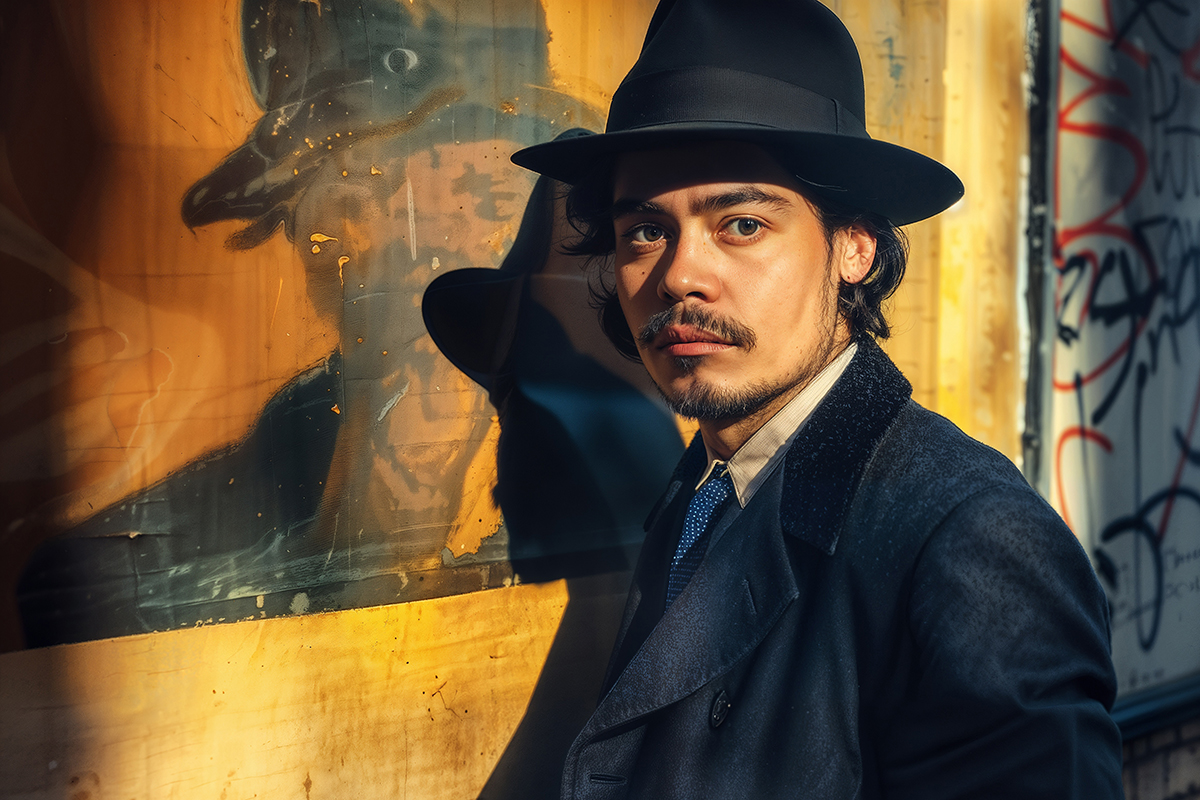
Les Demoiselles d'Avignon
(The Young Ladies of Avignon, originally titled The Brothel of Avignon)
Pablo Picasso - 1907
Museum of Modern Art, New York, USA
